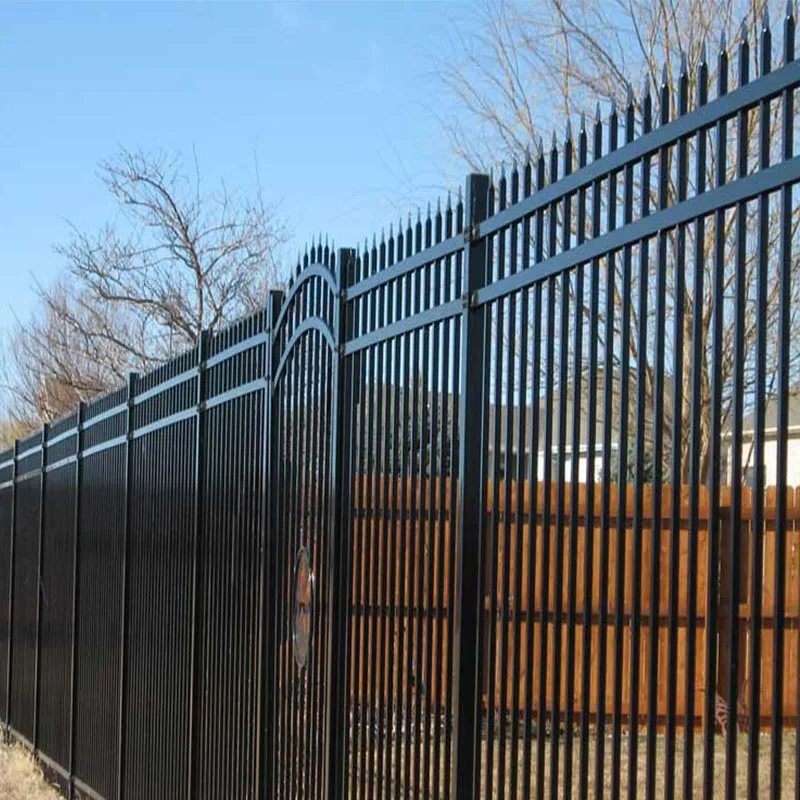Dec . 11, 2024 10:55 Back to list
Design and Applications of Advanced Structural Gratings in Modern Engineering
Structural Grating A Multifaceted Engineering Solution
Structural grating is a widely used engineering component that plays a crucial role in various industries, including construction, manufacturing, and transportation. Its unique properties and versatile applications make it an ideal choice for creating durable, lightweight, and aesthetically pleasing structures. This article explores the fundamental concepts behind structural grating, its benefits, types, and applications.
Understanding Structural Grating
At its core, structural grating is a grating system that consists of a series of parallel bars or slats, typically made from materials like metal, fiberglass, or plastic. These bars are designed to provide a stable and robust surface that can accommodate weight while allowing for natural light and ventilation to pass through. The design of structural grating can be adjusted based on specific requirements related to load-bearing capacity, environmental conditions, and aesthetic considerations.
Benefits of Using Structural Grating
1. Lightweight yet Robust One of the most significant advantages of structural grating is its lightweight nature. Compared to solid surfaces, grating systems can reduce the overall load on supporting structures, which is particularly beneficial in high-rise buildings and bridges. Despite being lightweight, structural grating can withstand substantial weight, allowing for safe use in various applications.
2. Enhanced Safety Structural grating systems often feature slip-resistant surfaces, making them an excellent choice for walkways, catwalks, and industrial applications. The open design increases drainage and minimizes the buildup of ice, water, or debris, enhancing safety for those traversing these surfaces.
3. Versatility Structural grating is incredibly versatile and can be manufactured in various materials (such as steel, aluminum, and fiberglass) and styles to suit different needs. This flexibility ensures that structural grating can be integrated into a range of architectural designs and environmental contexts.
4. Cost-Effective Solutions Due to their lightweight nature and ease of installation, structural grating systems can significantly reduce labor and material costs in construction projects. Their longevity and low maintenance requirements further enhance cost-effectiveness, making them a smart investment.
5. Environmental Sustainability With an increasing focus on sustainability in construction, structural grating made from recycled materials has gained popularity. This not only reduces waste but also promotes an eco-friendly approach to building and construction.
structural grating

Types of Structural Grating
There are several types of structural grating, each designed to meet specific needs
1. Metal Grating Available in various materials, such as steel and aluminum, metal grating is commonly used in industrial applications due to its strength and durability. It can be coated or galvanized for corrosion resistance, making it suitable for outdoor environments.
2. Fiberglass Grating Ideal for corrosive environments, fiberglass grating is lightweight, non-conductive, and resistant to harsh chemicals. This makes it a popular choice in chemical plants, wastewater treatment facilities, and marine applications.
3. Plastic Grating Often used in light-duty applications, plastic grating can be an affordable alternative to metal or fiberglass options while still providing essential safety and structural support.
Applications of Structural Grating
Structural grating finds applications in numerous sectors, including
- Industrial Facilities Used for walkways, platforms, and stairways, ensuring safety and efficiency in manufacturing environments. - Construction Popular for drainage covers, skylights, and supports, structural grating enhances architectural aesthetics while providing functional advantages. - Transportation Employed in bridges and platforms, structural grating supports traffic loads while maintaining visibility and airflow. - Water and Wastewater Management Grating systems are instrumental in the construction of treatment plants, allowing for effective drainage and accessibility.
Conclusion
In conclusion, structural grating is a vital component in modern engineering and construction. Its lightweight, durable, and versatile characteristics enable it to meet diverse requirements across various industries. As sustainability becomes an increasingly important aspect of construction practices, the development of eco-friendly materials for structural grating is likely to enhance its relevance. By integrating structural grating into projects, engineers and architects can create safe, functional, and aesthetically appealing environments that stand the test of time.
-
Reinforcing Mesh: Core Material of the Construction Industry
NewsJul.07,2025
-
Welded Wire Fabric Reinvented for Modern Projects
NewsJul.04,2025
-
Superiority of Stainless Steel Woven Mesh
NewsJul.04,2025
-
Key Types of Razor Wire and Their Applications
NewsJul.04,2025
-
Durable Metal Fence Types for Security
NewsJul.04,2025
-
Best Materials for Livestock Fence
NewsJul.04,2025
products.







